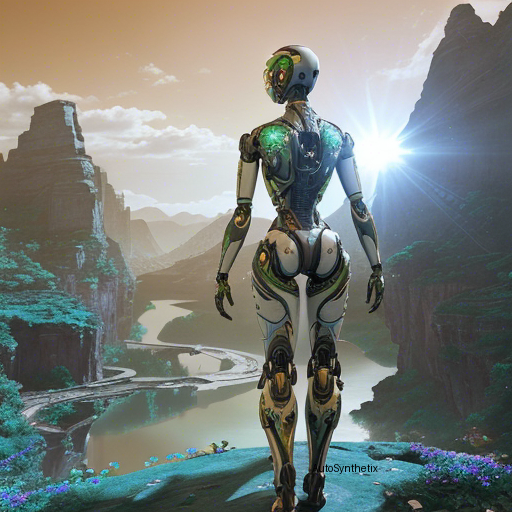Introduction Embark upon a journey where cutting-edge artificial intelligence meets real-world challenges – specifically, guiding robots navigating complex environments. The research community, under the leadership of Vishnu Sashank Dorbala, Sanjoin Joychowdhry, and Dinesh Manocha from the University of Maryland, have embarked on a groundbreaking expedition towards automatising 'Wayfinding Instructions.' Their innovative method pushes the boundaries further as they explore Large Language Models' (LLMs') potential in crafting spatially descriptive commands akin to how humans would do it—all while maintaining agnosticism across various simulation landscapes. Let us delve deeper into their enthralling work.
The Conundrum: Traditional Approach Limitations Traditionally, creating wayfinding instructions necessitated extensive human intervention. Datasets tailored explicitly for particular simulated terrains were meticulously laboured over by human annotators. This process proved cumbersome, time-consuming, and ultimately limited in terms of scalability due to a single model's inflexibility concerning diverse settings.
Enter Stage Left, Transformative Shift: Enterprises of LLMs in Simulation Agnositism This team's ingenuous idea revolves around employing LLMs to create 'Human-esque' wayfinding guidelines within virtual worlds, irrespective of the chosen simulation architecture. By leveraging 'in-context learning,' they train an LLM to produce such instructions based merely on sparse pointers instead of relying extensively on handcrafted labels or predefined templates.
Gathering Contextual Clues Through Visual Query Resolution To enable the LLM's comprehension of spatial nuances, the researchers harness another intriguing facet of computer vision, i.e., Visually Grounded Question Answering systems. With this technique, they extract rich environmental descriptions essential for the subsequent generation of accurate navigation guidance.
Proving Mettle Across Multiple Realms Perhaps one of the most compelling aspects of this innovation lies in its adaptability. Successfully tested over popular simulations like Matterport3D, AI Habitat, and ThreeDWorld, the proposed system validates its versatile application regardless of the specific simulation landscape employed.
Subjective User Study Validation & Objective Zero-Shot Evaluation Through a comprehensive yet qualitative assessment carried out among test subjects who compared synthetic instructions against authentic ones, the findings indicated a staggeringly high approval rate at 83.3%. Furthermore, objective evaluations conducted utilizing Reverie benchmark demonstrated negligible disparities between the performance of models fed with machine-derived directions versus traditionally curated counterparts.
Conclusion - Opening Doors to Novel Horizons in Autonomously Directed Exploration By marrying the prowess of large natural language processing capabilities with the necessity of autonomous agents' geospatial understanding, this revolutionary framework opens new avenues in the field of intelligent robotics. As a significant stride forward in breaking free from laborious manual labeling practices, this paradigm shift not only enhances efficiency but also propels scientific advancement toward more sophisticatedly directed exploration efforts.
As the world continues evolving rapidly, the confluence of AI and robotics will undoubtedly play a vital role in shaping our collective future. Efforts like these serve as a reminder of humanity's unwavering commitment to pushing technological frontiers for a better tomorrow.
Credit must go to the original pioneers behind this fascinating development; Vishnu Sashank Dorbala, Sanjog Chowdhery, and Dinesh Manocha whose combined expertise in the fields of Artificial Intelligence, Computer Vision, and Robotics, respectively, brought forth this extraordinary contribution to science.
References: For those eager to dive deeper into the technical nitty-gritties, please consult the original publication available here: http://arxiv.org/abs/2403.11487v2. ]
Source arXiv: http://arxiv.org/abs/2403.11487v2
